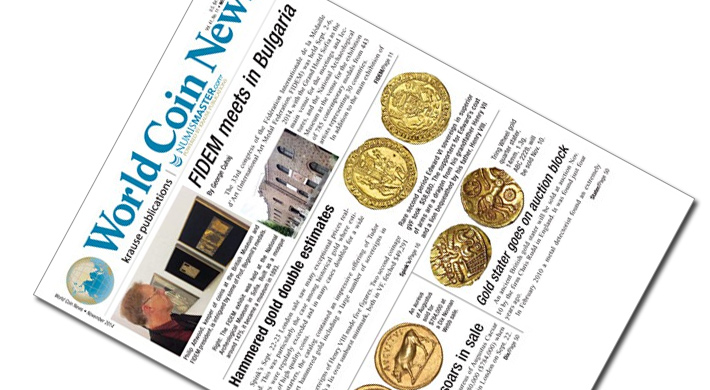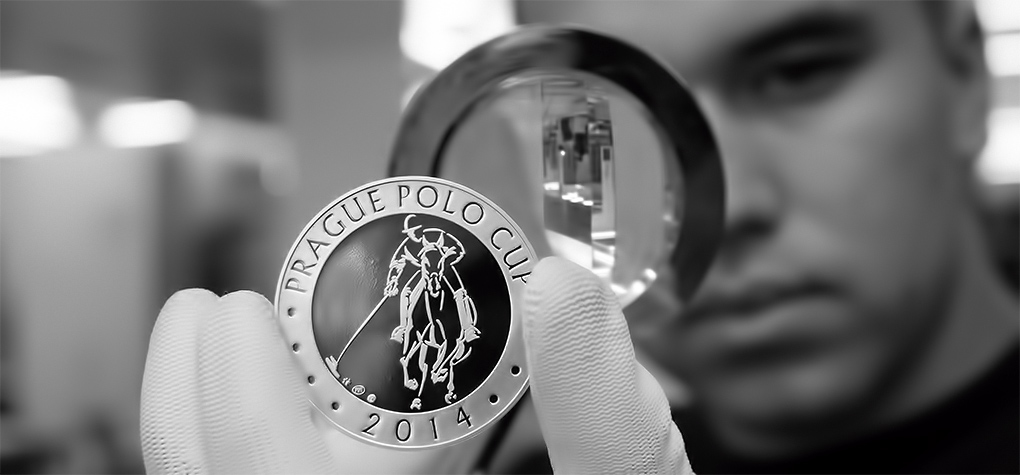Artists employ various techniques to create sketches and designs for gold coins or medals, adapting traditional methods or utilizing digital tools for visualizationHand-Drawn Sketches
Sketches using pens and pencils Artists begin by sketching on paper using pencils and pen. The sketches are helpful in designing and conceptualizing the design, layout, and the style of the coin.
A detailed rendering: The artist refines the initial sketch by with the addition of details, contours, and adjusting the overall composition. This stage might involve multiple iterations to achieve the desired look.
Inking and Tracing. After the sketch in pencil is finished and the artist is happy with it, they can trace or trace or. This will give an outline that is more precise. This process is usually accomplished by tracing the pencil sketches on a new sheet of paper or tracing paper.
Create depth and shade- Artists can make use of shading techniques to create depth and dimension to the design. This can give the design a more realistic feel or highlight particular aspects of the design.
Digital Design Creation
Graphic Design Software- Artists adept in digital design employ programs like Adobe Illustrator, Photoshop, or other 3D modeling software. The medal or coin is designed digitally by using tools to alter, scale, and ensure accuracy.
Vector Graphics Digital designs can be designed as vector graphic files, that allow the quality to be maintained even when the image is enlarged. This guarantees that the design is able to be adjusted as needed for various coin sizes, without compromising clarity.
3D Modeling: Advanced artists can use 3D modeling software to show the designs of medals and coins in a 3D space. This provides a more precise representation of the design and helps you understand what it will appear like.
Visualization and renderingArtists are able to simulate the appearance of a finished coin or medal by applying various textures, finishes or other effects. They are also able to visualize the design under different light conditions or on different surfaces.
Hand-drawn or digital designs require a high degree of artistic talent and a thorough understanding of technical specifications and constraints to the minting of medals and coins. The artist can choose the method that best suits their expertise or client's demands, or aesthetic preferences. Have a look at the most popular drawing Czechoslovakia gold medals blog examples. including cheerios sacagawea dollar, american gold eagle, gold dollar coin, 1 ounce gold bullion, coin gold bullion, 2000 sacagawea, 24 karat gold coin, gold medals michael phelps, gold bullion price, gold quarter and more.

Why Do Dies Used To Make Gold Medals And Coins Undergo A Process Of Vacuum-Hardening?
The technique of vacuum hardening is used in the production of gold coins or medals. It involves heating dies at high temperatures, and exposed to controlled conditions within a vacuum. This article will provide an overview of vacuum hardening for dies.
To make dies that will be used to create coins or medals, they need to be clean and free from any residues or contaminants.
Moving into Vacuum Furnace
The dies are inserted into a vacuum furnace, which is a specialized heat-treating chamber capable of creating a vacuum environment.
Evacuation from Air-
The vacuum oven removes any air in the chamber making it a clean space free of oxygen as well as other gases. This can prevent burning while ensuring an even heat treatment.
Heating Phase
The furnace is heated up to the ideal temperature to allow for the hardening of the dies. The temperature range depends on the particular material and the processes for hardening.
Soaking at High Temperatures-
The dies remain at the higher temperatures for a certain duration, allowing materials to attain the hardness that is desired and also maintain the metallurgical structure.
Cooling and cooling as well as quenching
Following the soaking phase it is possible to quickly cooled with the help of specialized techniques. The speedy cooling allows the metal reach the desired hardness.
Tempering is optional
In a few cases the tempering process is performed following the stage of hardening. Tempering is the process of reheating dies at a low temperature in order to relieve internal tensions and improve the toughness.
Quality Control and Inspection-
To ensure they meet the specifications for strength and hardness the dies that are hardened undergo an exhaustive inspection and quality test.
Post-Treatment Handling-
Die dies are then coated or polished and used to strike coins or medals.
The process of hardening by vacuum increases the strength, durability, wear resistance and lifetime of the dies used to create gold coins or medals. By ensuring a controlled and contaminant-free environment the process offers an exact and reliable method to ensure that the dies are hardened. Have a look at the best vacuum hardening Prague Mint gold coins website info including 50 dollar gold coin, gold coin store near me, 2000 p sacagawea dollar, olympic gold medal, 20 dollar coin, price of gold 1 oz today, gold dollar coin, best place to buy gold bars, gold coin 24k price, gold buy bullion and more.

Why Are Dies Required To Be Polished Manually In Order To Get A Perfect Finish On Gold-Plated Coins And Awards?
The hand polishing of dies is required for creation of gold-plated coins and medals. This is because it allows for a better reproduction of the fine details. A smooth surface allows intricate details to be more easily recreated on the coins and medals.
The polished die will ensure that the medals or coins produced have sharp edges, well-defined details and relief. This contributes to the overall appearance and overall quality of the product.
Reduced Wear and Tear- Polishing reduces friction and wear during the striking process. A smooth die's surface minimizes the possibility of imperfections or irregularities on the struck coins or medals due to rough surfaces on the die.
Consistency is the key to striking. Hand-polished Dies provide an even surface for striking and ensuring uniformity. Consistency in design is essential to maintaining accuracy in depth, size, or overall quality on a variety of coins and medals.
Longevity: Well-polished Dies are more durable. They are less likely than unpolished ones to wear down or get damaged during the strike process. They are longer-lasting and more durable, allowing for larger strikes without sacrificing quality.
Precision and Accuracy Hand polishing enables the engraver to fine-tune specific areas of dies, which ensures that the details are precisely reproduced on medals or coins struck. The level of precision adds to the precision of the finished product.
Quality Control Polishing is an essential element of quality control. Hand polishing the die allows you to identify and correct any imperfections or inconsistencies prior to the process of striking.
Surface Finish - Polishing can give particular surface finishes or textures that enhance the appearance or adding distinctive characteristics to the coins or medals.
In the end, polishing hand-polished the gold dies and medals to perfection is essential for creating high-quality, finished, and pleasing products. It can make a huge impact on the appearance of the item as well as its durability and consistency. longevity. See the top hand polishing Prague Mint gold medals website recommendations. including price of 5 dollar gold coin, gold coin shops near me, gold coin gold, gold coins for sell, $50 gold piece, mexican gold coins, sell gold and silver near me, 1oz gold price today, gold bullion bar price, 2000 sacagawea dollar and more.

How Are Gold Coins Or Medals Checked For Quality To Ensure That They Meet The Specifications??
Gold medals or gold coins must undergo quality checks following minting in order to ensure precision as well as surface quality and conformity to the specifications. These checks involve a number of steps. Visual Inspection
Each medal or coin is visually examined by trained inspectors for any surface defects. They look for any imperfections, scratches or marks that could affect the appearance or value of a piece of coin.
Dimensions and Weigh
Each coin and medal is tested for weight to ensure it's in compliance with the stipulated dimensions in terms of weight, thickness, and diameter. Any deviations could signal an issue with the quality.
Composition and Purity of Metal
Quality checks involve confirming the gold content and purity of the medals or coins using various testing methods like X-ray fluorescent (XRF) analysis, or chemical assays. The gold content of the coins or medals is examined to make sure they are in compliance with quality and quantity standards.
Edge Inspection
The inspectors inspect the edges for any irregularities, consistency and the possibility of reeding. The edge is an important location for security or design elements.
Strike Quality
It is essential to determine the quality of every piece, including the sharpness and clarity of the design, the relief and overall appearance. This will help ensure that the pieces are all consistent.
Minting and proofing errors
For special editions or proof coins, a thorough inspection is conducted to identify any minting errors, flaws, or discrepancies that might impact the value of the coin's collectible.
Packaging and Presentation
The quality inspections also extend to the presentation and packaging of medals or coins to ensure that they are properly sealed and stored, or displayed in holders or cases without damage or contamination.
Random Checks and Sampling-
The coin's quality is maintained by random sampling and checks throughout the entire minting process.
Compliance and Documentation
Every quality check is documented to ensure that the coin is in compliance with regulations in the field of minting standards, as well as certification standards. These records are used as evidence of the coin's authenticity as well as quality.
Rejection Non-Conforming Items
The purity of the coins and medals is ensured by rejecting or reprocessing any that do not meet the requirements of these standards.
These comprehensive quality checks are carried out by certification and mints to ensure that gold-plated coins or medals meet the standard of purity, accuracy and appearance. This guarantees collectors, investors and consumers of their authenticity and quality. Follow the recommended Czechoslovakia gold medal quality control blog recommendations. including buy gold coins, one ounce of gold, canadian gold maple leaf coin, bullion gold bars for sale, american gold eagle 1 oz, gold buffalo, 1 oz gold eagle, gold bullion gold, coin 1, gold medal of olympic and more.
